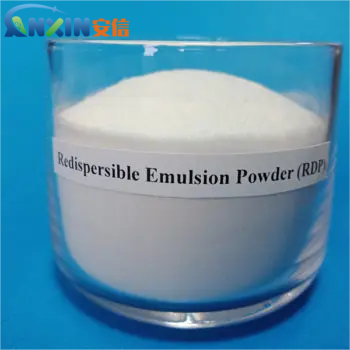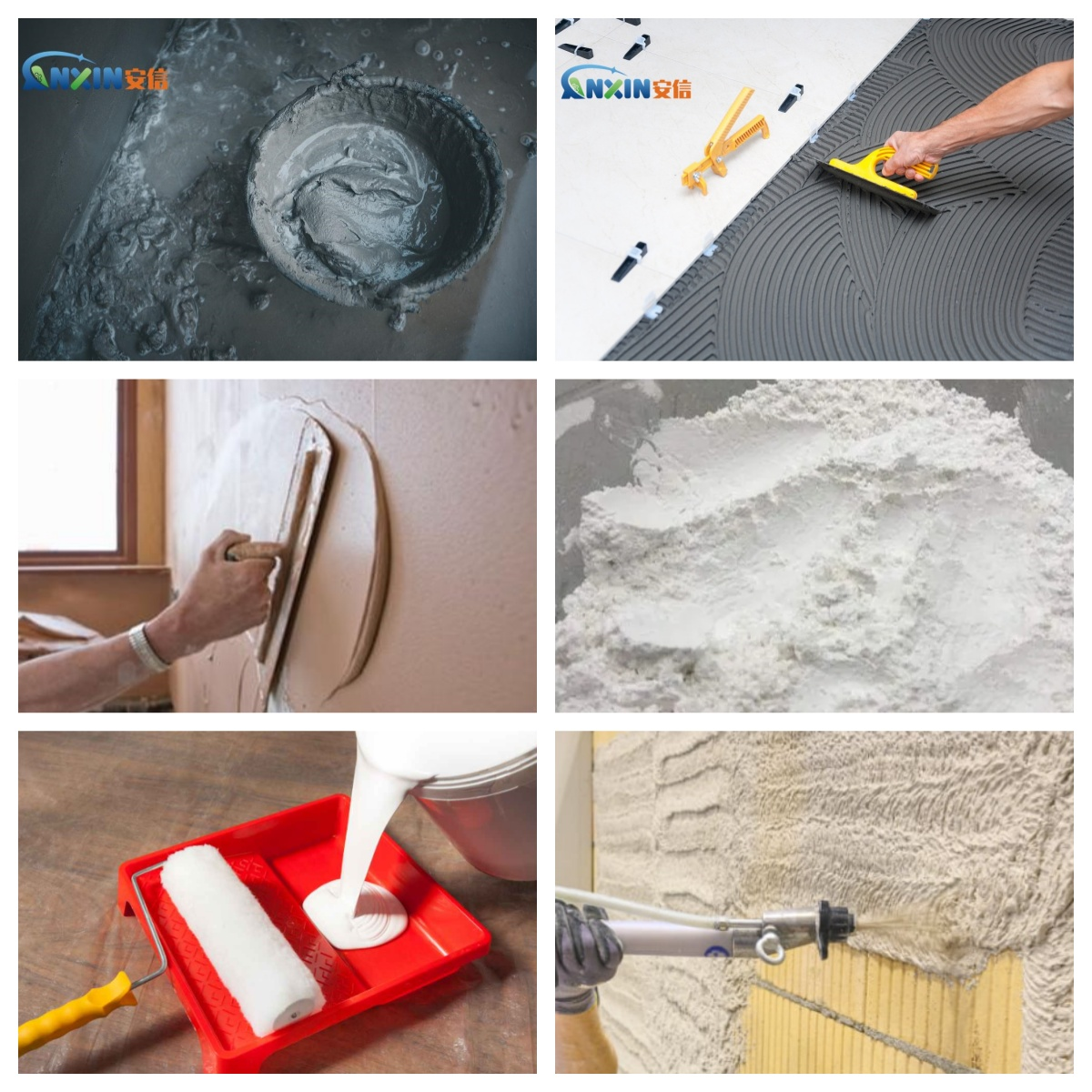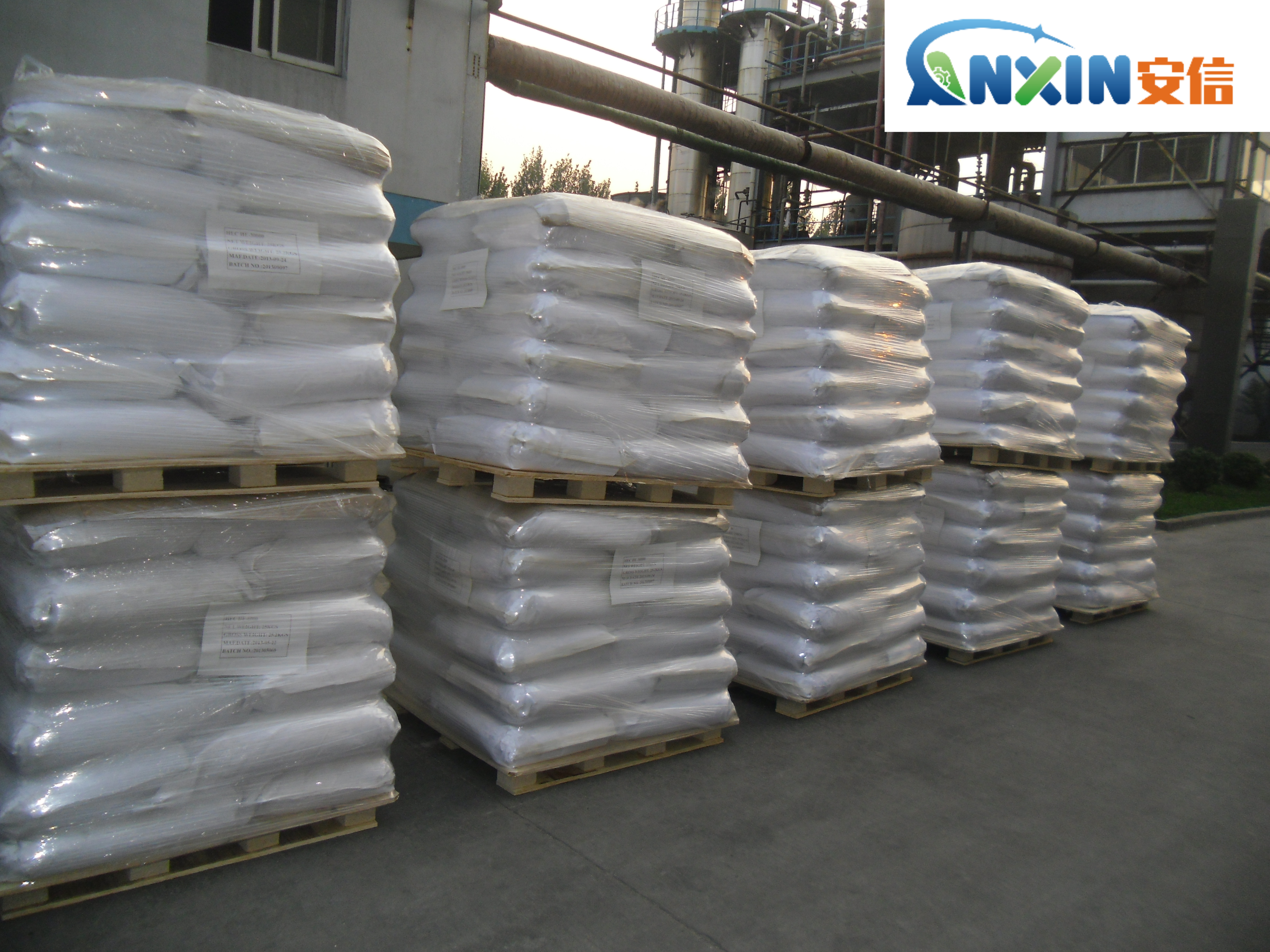Redispersible Polymer Powder (RDP) is a high molecular polymer powder, usually made from polymer emulsion by spray drying. It has the property of redispersibility in water and is widely used in construction, coatings, adhesives and other fields. The mechanism of action of Redispersible Polymer Powder (RDP) is mainly achieved by modifying cement-based materials, improving bonding strength, and improving construction performance.

1. Basic composition and properties of Redispersible Polymer Powder (RDP)
The basic composition of Redispersible Polymer Powder (RDP) is polymer emulsion, which is usually polymerized from monomers such as acrylate, ethylene, and vinyl acetate. These polymer molecules form fine particles through emulsion polymerization. During the spray drying process, water is removed to form amorphous powder. These powders can be redispersed in water to form stable polymer dispersions.
The main characteristics of Redispersible Polymer Powder (RDP) include:
Water solubility and redispersibility: It can be quickly dispersed in water to form a uniform polymer colloid.
Enhanced physical properties: By adding Redispersible Polymer Powder (RDP), the bonding strength, tensile strength and impact resistance of products such as coatings and mortars are significantly improved.
Weather resistance and chemical resistance: Some types of Redispersible Polymer Powder (RDP) have excellent resistance to UV rays, water and chemical corrosion.
2. Mechanism of action of Redispersible Polymer Powder (RDP) in cement-based materials
Improved bonding strength An important role played by Redispersible Polymer Powder (RDP) in cement-based materials is to enhance its bonding strength. The interaction between cement paste and polymer dispersion system enables polymer particles to effectively adhere to the surface of cement particles. In the microstructure of cement after hardening, polymer molecules enhance the bonding force between cement particles through interfacial action, thereby improving the bonding strength and compressive strength of cement-based materials.
Improved flexibility and crack resistance Redispersible Polymer Powder (RDP) can improve the flexibility of cement-based materials. When cement-based materials are dried and hardened, polymer molecules in cement paste can form a film to increase the toughness of the material. In this way, cement mortar or concrete is not prone to cracks when subjected to external forces, which improves crack resistance. In addition, the formation of polymer film can also improve the adaptability of cement-based materials to the external environment (such as humidity changes, temperature changes, etc.).

Adjusting construction performance The addition of redispersible glue powder can also improve the construction performance of cement-based materials. For example, adding redispersible glue powder to dry-mixed mortar can significantly improve its operability and make the construction process smoother. Especially in processes such as wall painting and tile pasting, the fluidity and water retention of the slurry are enhanced, avoiding bonding failure caused by premature evaporation of water.
Improving water resistance and durability The formation of polymer film can effectively prevent water penetration, thereby improving the water resistance of the material. In some humid or water-soaked environments, the addition of polymers can delay the aging process of cement-based materials and improve their long-term performance. In addition, the presence of polymers can also improve the material’s frost resistance, chemical corrosion resistance, etc., and increase the durability of the building structure.
3. Application of Redispersible Polymer Powder (RDP) in other fields
Dry-mixed mortar In dry-mixed mortar, the addition of Redispersible Polymer Powder (RDP) can enhance the adhesion, crack resistance and construction performance of the mortar. Especially in the fields of exterior wall insulation system, tile bonding, etc., adding an appropriate amount of Redispersible Polymer Powder (RDP) to the dry-mixed mortar formula can significantly improve the workability and construction quality of the product.
Architectural coatings Redispersible Polymer Powder (RDP) can enhance the adhesion, water resistance, weather resistance, etc. of architectural coatings, especially in coatings with high performance requirements such as exterior wall coatings and floor coatings. Adding Redispersible Polymer Powder (RDP) can improve its film formation and adhesion and extend the service life of the coating.

Adhesives In some special adhesive products, such as tile adhesives, gypsum adhesives, etc., adding Redispersible Polymer Powder (RDP) can greatly improve the bonding strength and improve the applicable scope and construction performance of the adhesive.
Waterproof materials In waterproof materials, the addition of polymers can form a stable film layer, effectively prevent water penetration, and enhance waterproof performance. Especially in some high-demand environments (such as basement waterproofing, roof waterproofing, etc.), the use of Redispersible Polymer Powder (RDP) can significantly improve the waterproofing effect.
The mechanism of action of RDP, mainly through its redispersibility and polymer film-forming characteristics, provides multiple functions in cement-based materials, such as enhancing bonding strength, improving flexibility, improving water resistance, and adjusting construction performance. In addition, it also shows excellent performance in the fields of dry-mixed mortar, architectural coatings, adhesives, waterproof materials, etc. Therefore, the application of Redispersible Polymer Powder (RDP) in modern building materials is of great significance.
Post time: Feb-17-2025